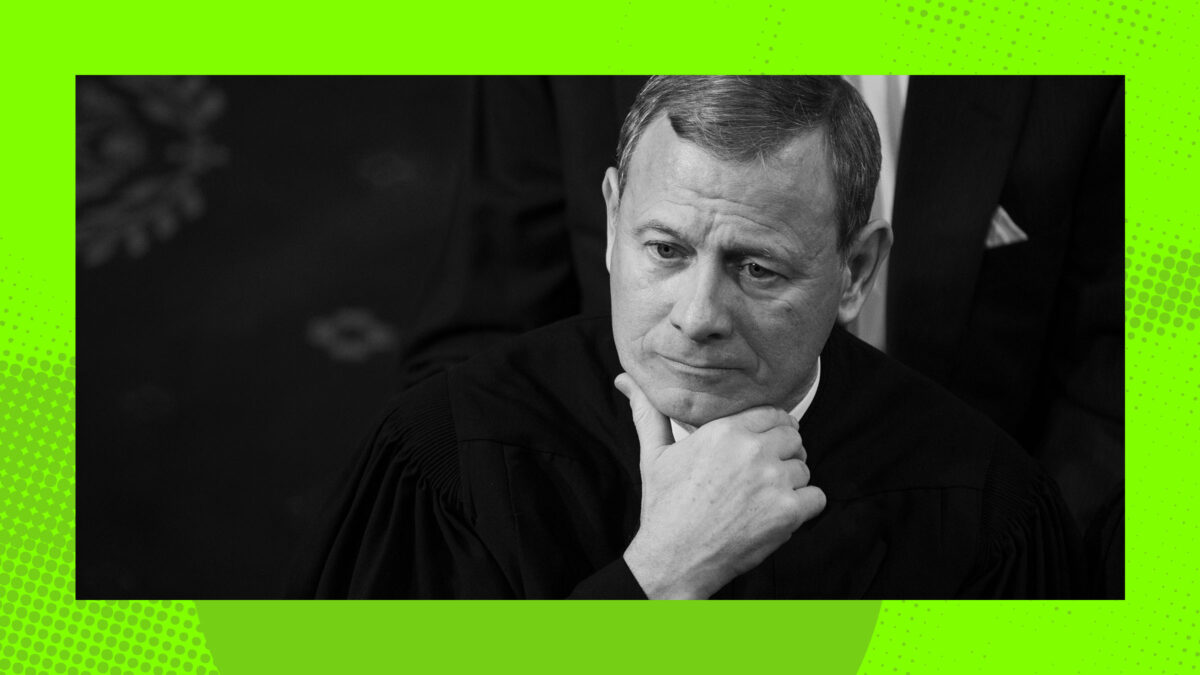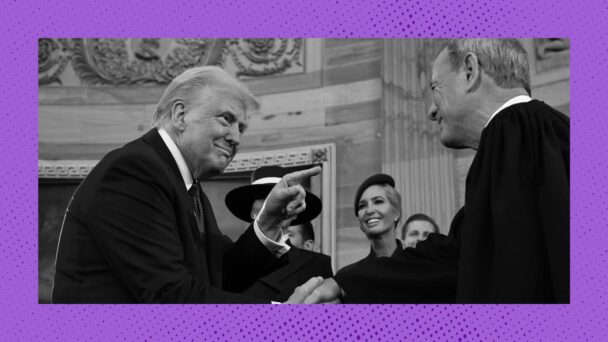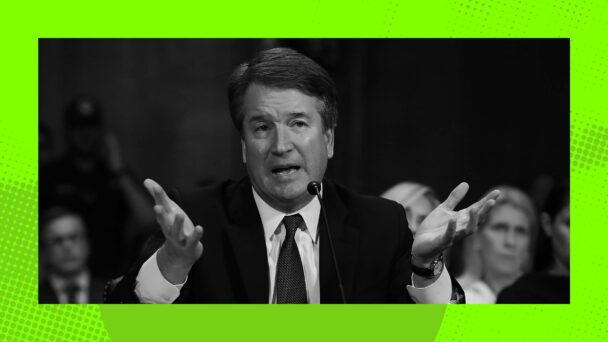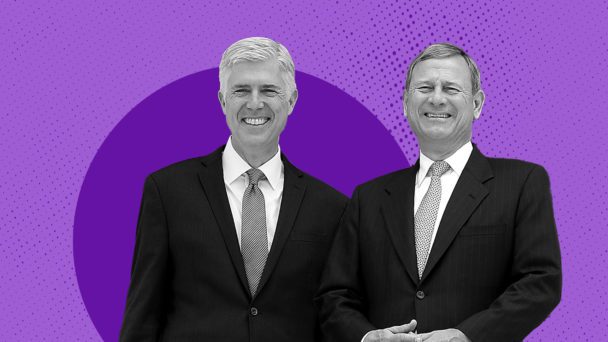Last week, the Republican men on the Supreme Court lifted a lower court order that had temporarily blocked the Trump administration from renditioning Venezuelan migrants to a Salvadoran prison. The Court decided the case, Trump v. JGG, without merits briefing or oral argument, and with only an unsigned, four-paragraph opinion to show for itself.
Justice Ketanji Brown Jackson criticized the majority’s “fly-by-night approach” in a standalone dissent. “At least when the Court went off base in the past, it left a record so posterity could see how it went wrong,” she said, citing the Court’s 1944 opinion in Korematsu v. United States.
That case, Korematsu, is a historically bad decision from which the Supreme Court has yet to learn. In 1942, President Franklin Delano Roosevelt signed an executive order authorizing the forcible relocation and confinement of American residents with Japanese ancestry. Approximately 120,000 Japanese Americans living on the West Coast, including around 70,000 American citizens, were pushed inland into remote, military-operated camps. Another 3,000 people with Japanese ancestry living in Latin America were relocated to the United States for internment at the government’s request.
Fred Korematsu, a native-born American citizen of Japanese descent, was convicted for not reporting to a concentration camp as directed. He challenged his conviction, but in Korematsu, the Supreme Court upheld it by a 6-3 vote. “The military authorities considered that the need for action was great, and time was short,” wrote Justice Hugo Black for the Court.
Justice Frank Murphy argued in dissent that the government’s actions—excluding all people of Japanese ancestry from the West Coast “on a plea of military necessity”—were plainly unconstitutional and fell “into the ugly abyss of racism.” But Black brushed aside the charge: “To cast this case into outlines of racial prejudice, without reference to the real military dangers which were presented, merely confuses the issue,” he wrote.
A federal district court judge vacated Korematsu’s conviction in 1984, writing that Korematsu had “very limited application” as a legal precedent, and as a historical precedent, it served as a cautionary tale. Congress formally apologized for the injustice of internment a few years later, enacting the Civil Liberties Act of 1988 and providing $20,000 each to formerly incarcerated Japanese Americans as reparations.
Korematsu regained salience during Trump’s first administration, though, when the Supreme Court’s five conservatives reversed a lower court decision barring enforcement of Trump’s Muslim ban. Like Korematsu, that case, Trump v. Hawaii, concerned an executive order restricting the movement of members of a minority group for purported security reasons. And in both cases, Justice Sonia Sotomayor wrote in dissent, the Court accepted the government’s “misguided invitation” to “sanction a discriminatory policy motivated by animosity toward a disfavored group, all in the name of a superficial claim of national security.”
Chief Justice John Roberts, writing for the majority, nevertheless rejected Sotomayor’s comparison of Trump v. Hawaii to Korematsu as “wholly inapt.” A “facially neutral policy denying certain foreign nationals the privilege of admission,” Roberts said, is different from the “forcible relocation of U.S. citizens to concentration camps, solely and explicitly on the basis of race,” which he called “objectively unlawful and outside the scope of Presidential authority.”
Still, Roberts said, the Court would take “the opportunity to make express what is already obvious”: that Korematsu was “gravely wrong the day it was decided.” Quoting Justice Robert H. Jackson’s dissent in Korematsu, Roberts declared that the case had “been overruled in the court of history and—to be clear—‘has no place in law under the Constitution.’”
But Roberts’s legal analysis was limited to a single sentence that left much unsaid. The World War II internment camps held both citizens and noncitizens, for example, and Roberts’s opinion did not say if it is “objectively unlawful” to shuffle noncitizens into concentration camps—or to torture facilities in El Salvador. The Court did not say if putting citizens into camps is “objectively unlawful” if race is one of multiple reasons for confinement, but not the sole reason. And the Court did not say if camps are “objectively unlawful” if race is the sole basis for confinement, but the president did not say so explicitly. For people living under a white supremacist government, that would be a useful thing to know.
Despite Roberts’s rhetoric in Trump v. Hawaii, the Court’s actual stance on Korematsu is disturbingly unclear. Justice Ketanji Brown Jackson rightly observed in Trump v. JGG that the Court needs to learn from its mistakes. That requires more than formally acknowledging that Korematsu was wrong. The Court needs to show it fully understands how and why. To date, it has not. Even the Court’s professed rejection of Korematsu characterized the case narrowly, speaking only of citizens confined solely and explicitly because of race. Outside of those limited bounds, the Court’s willingness to protect Korematsu-style policies suggests that it never really overruled Korematsu after all.






